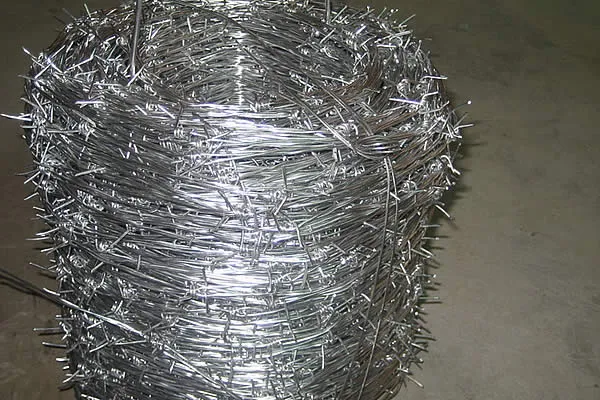 TEL:
+86-13102802206
TEL:
+86-13102802206
 Email:
fencenetting@china.com
Email:
fencenetting@china.com
 Language
Language
 TEL:
+86-13102802206
TEL:
+86-13102802206
 Email:
fencenetting@china.com
Email:
fencenetting@china.com
 Language
Language


The Importance of Caging in Rock Retaining Walls
Rock retaining walls are crucial structures used in various civil engineering applications, providing support and stability for soil and rocky terrains. As these walls are subject to various forces from the soil and environmental conditions, the design and construction of these walls must adequately address potential risks of failure. One vital element in the design of rock retaining walls is the inclusion of cages, which enhance their stability and durability.
The Importance of Caging in Rock Retaining Walls
One of the primary benefits of using cages in rock retaining walls is improved structural integrity. The reinforcement provided by cages increases the tensile strength of the wall, making it more resilient against various loads, including vertical and lateral pressures. In regions prone to seismic activity or heavy rainfall, the stability afforded by cages is invaluable. They ensure that the wall can withstand not just the static forces of the soil above but also dynamic forces that may occur during events like earthquakes or intense storms.

Moreover, cages can facilitate better drainage, which is essential for maintaining the longevity of retaining walls. Proper drainage reduces hydrostatic pressure buildup behind the wall, a common cause of failure. By incorporating drainage solutions within the cage design—such as perforated pipes or gravel backfill—engineers can effectively manage water flow, minimizing the risk of erosion and wall deterioration.
Environmental considerations also underscore the importance of cages in rock retaining walls. As awareness of sustainable engineering practices grows, the usage of natural rocks in combination with cages allows for eco-friendly structures that blend into the natural landscape. These walls can often be made from locally sourced materials, reducing the carbon footprint associated with transportation and manufacturing.
In conclusion, cages are an essential component of rock retaining wall construction. They significantly enhance structural stability, improve drainage, and support sustainable engineering practices. As construction technologies advance and the demand for resilient infrastructure grows, the integration of cages in rock retaining walls will undoubtedly remain a key aspect of modern civil engineering. The benefits they provide ensure that these walls not only serve their intended purpose but also contribute to the sustainability and integrity of the built environment.